Biotype and plant adaptability // Arachis pintoi (Fabaceae)
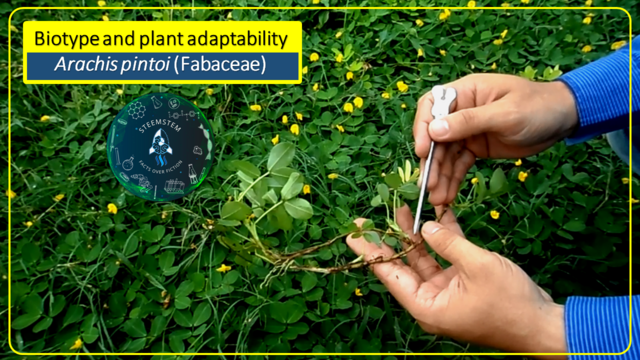
Dear friends, followers and members! of the Steem platform.
In this new post, I will share with you what is related to the agro-morphological adaptability of Arachis pintoi (Fabaceae), vegetable specimen of perennial biotype, forage behavior, and physiological capacity to fix nitrogen to the soil, biological aspects used in agroecological activities to counteract the process of physical-chemical deterioration of the soil and at the same time control the growth of species that compete for space, water and light in cultivated areas.
Introduction
Within plant biotypes, with perennial growth and forage behavior, the Fabaceae taxon possesses the biological representatives generally used within agroecological production schemes, due to the significant physiological advantages shown by these species compared to other groups with relative potential for vegetative development, without forgetting the exceptional agromorphological adaptability to occupy wide biogeographic extensions [1].
The biogeographic occupancy capacity exhibited by species with perennial growth and forage behaviour is considered an advantage within agricultural and livestock production systems, basically because the foliar biomass generated functions as a vegetation cover, inhibiting the growth of weeds species and at the same time preventing soil degradation [2] .
Consequently, in the post, we will be describing what concerns the mechanism of agromorphological adaptability of the species Arachis pintoi (Fabaceae) better known as forage peanut, relating its behavior and potential for growth in the field.
Biotype and plant adaptability
In the first post developed on this subject, it was indicated that the word biotype comes from the combination of the Greek terms βίος (life) and τύπος (type), whose biological theoretical construct means, typical biological form, aspect linked to the traits or characteristics that the species possess.
However, in this segment we will describe the main features or characteristics of the fabaceae species of perennial biotype and forage Arachis pintoi, within these; the appreciable growth of creeping growth mediated by the development of stoloniferous stems, in addition to the bulge by fragment at root level, which act as symbiotic structures with diverse microorganisms.
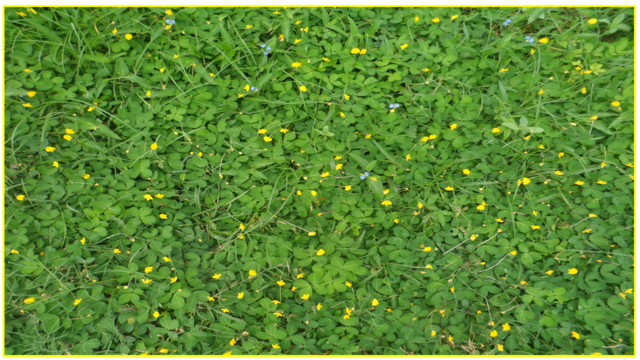
Fig. 2 Vegetative and productive growth of forage peanuts Arachis pintoi (Fabaceae). Author: @lupafilotaxia.
Biological characteristics
The Arachis pintoi forage peanut is categorized as a species of perennial phenological duration, of herbaceous consistency and organographic adaptability of camephit condition, which reveals that its vegetative and reproductive buds are located all year between the first 50 cm of the soil [5].
Evolutionary adaptations
The evolutionary adaptability and agromorphological characteristics observed in Arachis pintoi, are considerably heterogeneous, to present adaptation to diverse edaphoclimatic conditions, tolerance to the attack of plagues and diseases, on the other hand, another evolutionary aspect that confers optimal conditions for growth, development and flowering in adverse times is its ability to fix atmospheric nitrogen, biological aspect that favors its phenological cycles and at the same time stimulates the growth of neighboring species of erect bearing such as poaceae [2].
Ecological Amplitude
Within the conditions of ecological amplitude, which allow the growth and reproduction of the Arachis pintoi forage peanut, there are tropical and humid subtropical environments, with annual rainfall above 1,800 millimeters, temperatures that fluctuate from 32 °C and soils preferably with a clay loam texture [1].
Potential and agronomic utility
Bio-herbicide effect
The creeping growth characteristics of the Arachis pintoi forage peanut, together with its accelerated photosynthetic capacity and stoloniferous reproduction, allow it to cover wide biogeographic extensions, an aspect of great agronomic utility due to its Bio-herbicide effect, because the volume of biomass produced serves as cover and prevents the growth of weeds species [5].
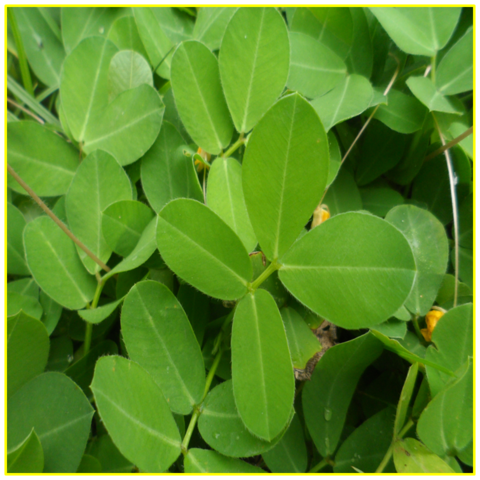
Fig. 3 Photosynthetically active foliar laminae of the forage peanut Arachis pintoi (Fabaceae). Author: @lupafilotaxia.
Edaphic protection
The condition of development of stoloniferous stems prostrate to the surface of the soil available to the forage peanut Arachis pintoi, confers edaphic potential, bearing in mind that the vegetative occupation coverage reduces soil degradation and decreases the adverse effect of rain in biogeographical areas discovered [4] .

Fig. 4 Stoloniferous stem of the forage peanut Arachis pintoi (Fabaceae). Author: @lupafilotaxia.
Fodder production
The high photosynthetic and reproductive rate of the Arachis pintoi forage peanut is a favorable element from the agroproductive point of view, offering satisfactory volumes of green biomass, conveniently destined as fodder (vegetable biomass that is supplied as a food source to livestock), according to [5], produces 1 ton per year if established as a monoculture, being able to produce up to 3 tons in association with poaceae species.

Fig. 5 Reproductive floral structure of the forage peanut Arachis pintoi (Fabaceae). Author: @lupafilotaxia.
Agro-morphological field study
Species and area of study
In order to socialize some agro-morphological responses that show the plant species of perennial and forage biotype, I will socialize with all of you a study on the growth habit and coverage potential of the forage peanut Arachis pintoi (Fabaceae), the study area corresponds to the area of perennial crops of UNESUR, a university institution located in Santa Bárbara de Zulia - Venezuela.
Methodological approach
To determine the growth characteristics of forage peanuts Arachis pintoi (Fabaceae), agro-morphological observations were made consisting of: characterizing soil and botanical composition in situ, estimating foliar biomass and stolonifera, as well as estimating the relationship of occupation and coverage.
Agro-morphological results
Edaphology and botanical composition in situ
Generically, the area under study presents soils with a clay loam texture, slightly porous and acid pH, as for the dominant plant community, it is constituted by Arachis pintoi (Fabaceae), Commelina diffusa artificially located in the Magnoliophyta division, Liliopsida class, and Cyperus spp., belonging to the Cyperaceae family.

Fig. 6 – 7 To the right, behavioural species weeds Cyperus spp., to the left Commelina diffusa. Author: @lupafilotaxia.
Foliar and stoloniferous biomass
In relation to foliar and stoloniferous biomass, field results contrast a favorable behavior for Arachis pintoi, presenting higher biomass with an average of 2, 53 kg m-2 of fresh foliar tissue and 3.02 kg m-2 of stoloniferous structures.
Employment and Hedging Relationship
The ratio of occupation and coverage of Arachis pintoi, is notoriously superior in the sampled area with a value of 87 %, element that undoubtedly can be related to the reduction of growth observed in the species of behavior weeds Commelina diffusa (9 %) and Cyperus spp (4 %), this confirms the Bio-herbicide effect of Arachis pintoi, induced by its accelerated vegetative and reproductive development.
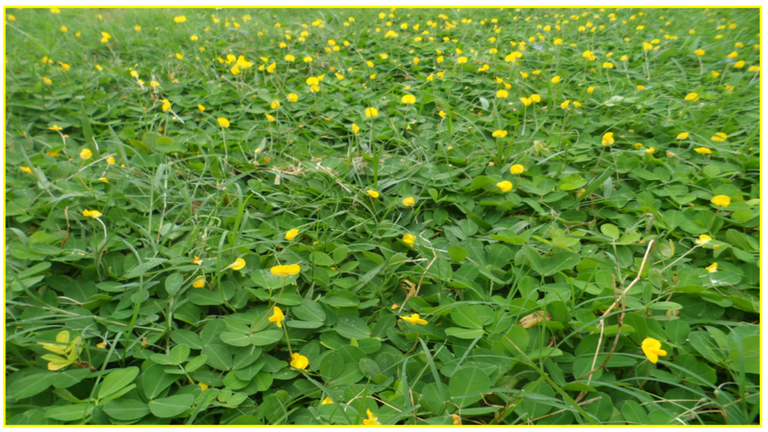
Fig. 8 Area of occupation and coverage of Arachis pintoi. Author: @lupafilotaxia.
SCIENTIFIC CONTRIBUTIONS OF THIS PUBLICATION
- The socialized information in this post, is of promissory importance for the professionals of agroecology of the platform STEEM, particularly for those who exert scientific-technical roles in the areas of agronomy and cattle production, this because, in the published content elements are developed that allow to know the main biological characteristics of Arachis pintoi, besides the potential and practical utility of this important vegetal resource. On the other hand, the aspects considered in the post, offer descriptive information for future investigations where variables can be valued as for example; the photosynthetic capacity of this forage species in different edaphological conditions.
BIBLIOGRAPHICAL REFERENCES CONSULTED AND CITED:
[1] Fisher M. y Cruz P. Some ecophysiological aspects of Arachis pintoi. In: P.C. Kerridge y B. Hardy (eds.). Biology and Agronomy of Forage Arachis. CIAI Cali, Colombia. 1994;53-70.
[2] Argel P., and Pizarro E. Germoplams case study: Arachis pintoi. En Biología y Agronomía de especies de Arachis 1995. CIAT, Cali, Colombia. 1992;6: 77- 89.
[3] Grof B. Forage attributes of the perennial groundnut Arachis pintoi in a tropical savanna environment in Colombia. Proceeding of the XV International Grassland. Congress, Kyoto, Japan. 1985;168-170.
[4] Lascano C., and Thomas D. Forage quality and animal selection of Arachis pintoi in association with tropical grasses in the eastern plains of Colombia, Grass and Forage Science. 1998;43:433-439.
[5] Rincón A., Cuesta M., Pérez B., Lascano C., y Ferguson J. Maní forrajero perenne (Arachis pintoi Kaprovickas & Gregory): Una alternativa para ganaderos y agricultores. Boletín Técnico ICA N° 219. Instituto Colombiano Agropecuario y Centro Internacional de Agricultura Tropical. CIAI Cali, Colombía.1992;23.
ATTENTION / Readers and Followers
If you want to read more scientific articles of excellent academic quality, do not waste time, and visit the label #steemSTEM, is a large community that values and promotes scientific content, mainly in the areas of Science, Technology, Engineering and Mathematics.

INVITATION
Dear reader, if you wish to obtain more information about it, join our server in Discord
OBSERVATIONS
✔ The POST 📧📨 was uploaded using the official app of https://www.steemstem.io
OBSERVATIONS
✔ The POST 📧📨 was uploaded using the official app of https://www.steemstem.io
You can visit the official app of our community
https://www.steemstem.io
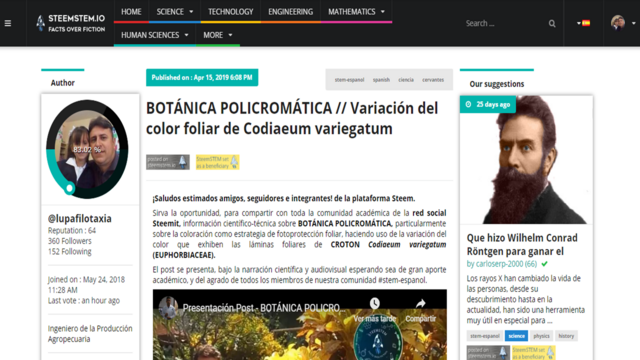

0
0
0.000
@tipu curate
Upvoted 👌 (Mana: 5/20)
👍Thanks for the support ✍
To listen to the audio version of this article click on the play image.

Brought to you by @tts. If you find it useful please consider upvoting this reply.
✍ 📝 📢
Hello,
Your post has been manually curated by a @stem.steem curator.
We are dedicated to supporting great content, like yours on the STEMGeeks tribe.
Please join us on discord.
Thanks friends of STEMGeeks, for the support to the article: Biotype and plant adaptability // Arachis pintoi (Fabaceae).
This post has been voted on by the SteemSTEM curation team and voting trail. It is elligible for support from @curie and @minnowbooster.
If you appreciate the work we are doing, then consider supporting our witness @stem.witness. Additional witness support to the curie witness would be appreciated as well.
For additional information please join us on the SteemSTEM discord and to get to know the rest of the community!
Thanks for having used the steemstem.io app and included @steemstem in the list of beneficiaries of this post. This granted you a stronger support from SteemSTEM.
Congratulations, your post has been upvoted by @dsc-r2cornell, which is the curating account for @R2cornell's Discord Community.